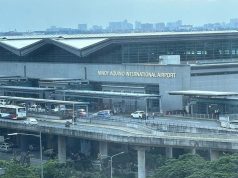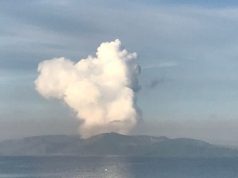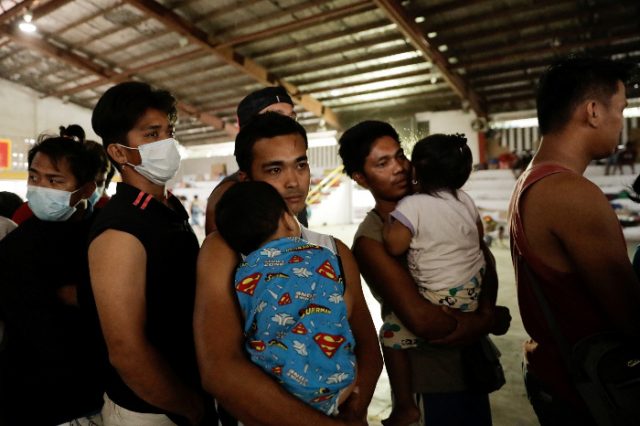
“Malasakit kits” distributed at airports for stranded passengers earlier this week did not go unnoticed on social media, earning criticisms for their perceived inadequate contents.
Around 516 flights and 25,000 passengers were affected by the suspension of flights at the Ninoy Aquino International Airport due to the heavy ashfall following the Taal Volcano eruption last January 12.
A photo shared by CNN Philippines showed that some airport personnel distributed food packs to passengers whose flights were canceled or delayed.
The Manila International Airport Authority labeled the packages “Malasakit kit,” each containing a light snack and one bottled water.
Some Filipinos were quick to react on this photo and questioned why these are the only items provided to the passengers.

One Twitter user compared it to the “Dignity Kit” which the Department of Social Welfare and Development provided to evacuees of flooded areas in Mindanao and Visayas in 2017.
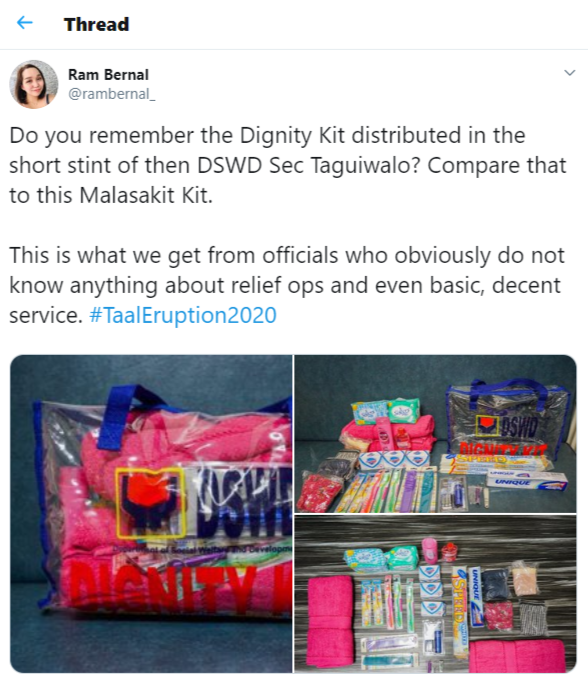
Each dignity kit contained hygiene supplies or toiletries and a small flashlight. It was patterned after the hygiene packages the United Nations Population Fund distributed to refugees of the Sierra Leone and Liberia conflicts in 2000.
Meanwhile, others associated it with the Malasakit Center program, a project of former aide Sen. Christopher “Bong” Go, given the namesake.

However, there’s no proof that the Malasakit Kits provided at the airports are connected to the medical program.
Photos of the kits’ distribution were also posted by the Department of Tourism and the Department of Transportation on Facebook.
Based on these posts, they were only given to passengers who were waiting for their next scheduled flights when NAIA resume operations and not to evacuees and disaster victims.
The captions also read that personnel from NAIA and MIAA have been distributing them at Terminal 1, 2 and 3 since January 12.
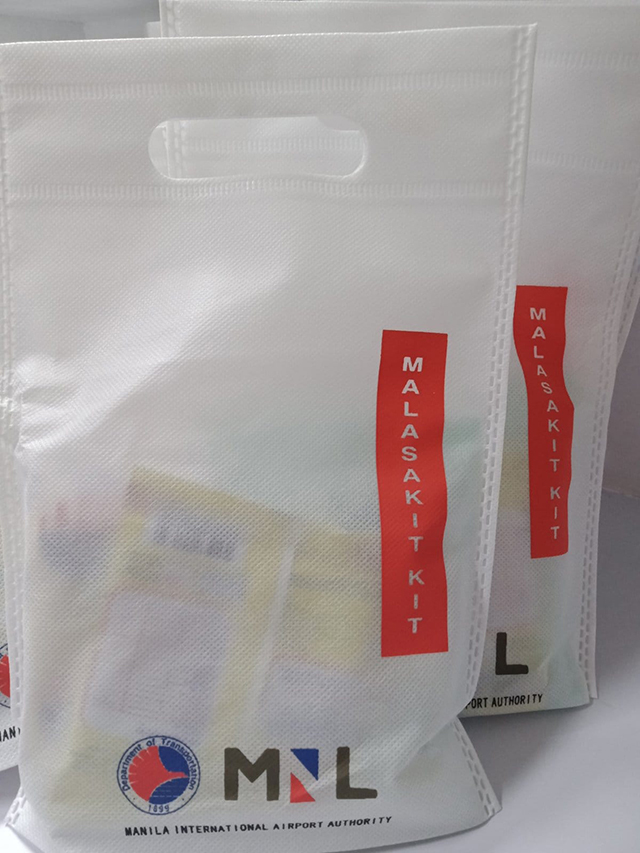
“The NAIA Airport Staff together with MIAA Public Affairs Office are currently distributing Malasakit Kits containing light snacks and toiletries for the stranded passengers at Terminal 3,” the DOT announced in Facebook post.
The relief goods and donations provided to earthquake victims were packed differently and contained more items than the temporary compensation given to airport passengers.
LOOK: The Philippine Coast Guard (PCG) from Southern Luzon and Sub-Station in San Nicolas assisted in the distribution…
Posted by Department of Transportation – Philippines on Tuesday, January 14, 2020
Update on flights
MIAA General Manager Ed Monreal previously announced that the country’s premier gateway resumed partial operations shortly before noon on January 13.
“Our plan was also to clear, to accept incoming flights but on partial operation. This means we have to put all these flights coming in based on slot availability,” he explained.
Monreal also requested for the passengers with delayed flights to check updates with their respective airlines and travel agents before proceeding to NAIA terminals.
“May we just reiterate that when we open later for partial operations, hindi po ibig sabihin na bukas na ho, pero…meron pa pong proseso, meron pa pong schedules na ipapatupad. Hintayin po ng mga pasahero ang kompirmasyon ng mga airlines bago sila magtungo sa mga paliparan,” he said.
In the latest advisory from the Philippine Institute of Volcanology and Seismology, Alert Level 4 still remains over Taal Volcano.
Taal’s eruption also became weaker at the main crater due to “magmatic and hydrovolcanic processes” for the past 24 hours.








